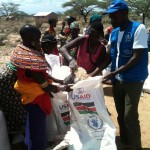
In Samburu County in northern Kenya, Josephine Lempirikany, a 50-year-old mother of six, remembers when food distributions were unreliable. Her family went hungry and she was unable to pay her children’s secondary school fees because she spent all her income on what food she could afford. But now, they have a consistent supply of food and her children are healthier and able to stay in school.
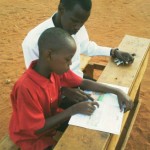
July 2016—“No words can describe how it feels to see pupils who could hardly read become fluent readers,” explains Ibrahim Dakane, a teacher from Wajir County, in the mostly arid and semi-arid areas of northern Kenya. The lowest literacy rates persist in communities largely inhabited by nomadic people.
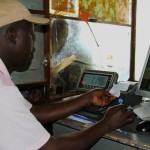
Dairy farmers from the Siongiroi Dairy Farmers Cooperative in Kenya are enjoying increased profits after adopting a mobile app that helps them get better value for their milk. It also helps them generate more income and gain better access to financial services and animal health products and services.
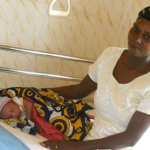
June 2014—Alice Mtune is 32 years old and a mother to six children. The youngest was born in September 2013 at the Msulwa Dispensary in Kwale County, about 58 kilometers from the coastal town of Mombasa, Kenya. She is pleased with the care she received at the dispensary.
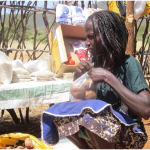
Climate change has become a reality in Aule’s village. Droughts and famine are becoming more frequent, wiping out herds of livestock traditionally kept as a source of income.








Comment
Make a general inquiry or suggest an improvement.